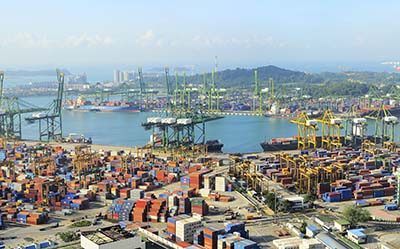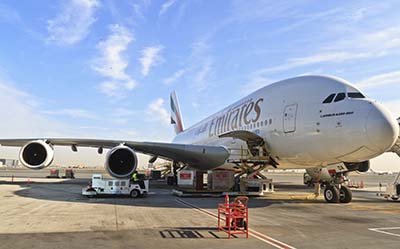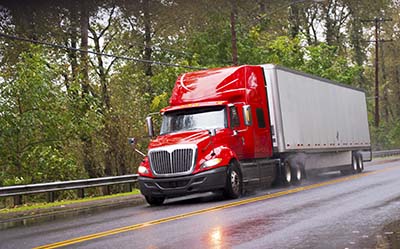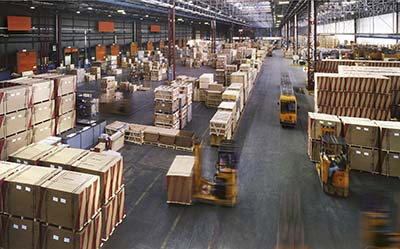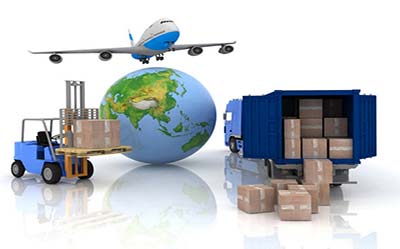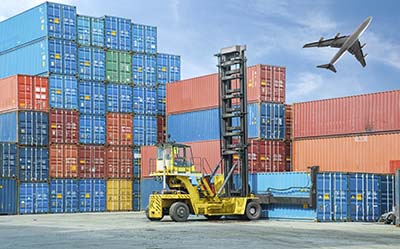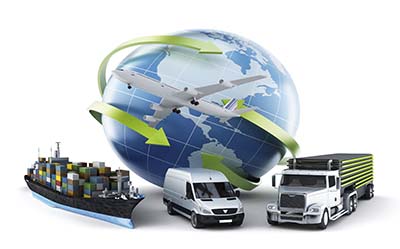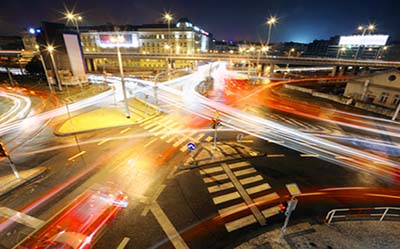
(Vietnam Logistics Review) Since 2014, the Ministry of Transport has issued new regulations widely applied in the sector, especially in fields that has been considered as obstacles in processes of integration and innovation: regulations coming from new thoughts.
A REMARKABLE START
There have been active changes which benefit the country and maintain discipline of those taking part in traffic activities. One of them are weighing trucks’ loading nationwide. Transport infrastructures (roads, bridges, drainage system, and means of transport in general) are “spine” of the transport sector. Sus- tainable development of transport infrastruc- ture is a measure not only of a country’s power but also of its industrialization.
Vietnam is on its way of industrialization till 2020 and there should be investments in key sectors as local transport waterways at its two deltas, containerization its port systems to in- crease cargo flows in the country and import- export so that the country can increase its ste- vedoring capacity and labor capacity to regional levels and avoids “average income trap” which many countries ahead of us are struggling with.
MAKINGGOOD
USE OF ADVANTAGES
Vietnam has been known as a sea coun- try in the area of East Sea and also a country with advantages in local water- way with a dense system of rivers on its two deltas: Red River and Mekong Del- tas despite of its mountainous central part, which is not favorable in develop- ing local waterway transport. In general, local waterway accounts for greater part in transport in two regions: the North and the South of Vietnam.
The Red River Delta, including 11 provinces and cities, has a river system connecting to Northern midland and mountainous area, with ports as national or regional gateways as Hai Phong, Quang Ninh, Lach Huyen, Thai Binh…, forming a network serving multi-modal trans- port and effective Logistics development.
It is estimated that the cargo through the re- gion in 2015 reaches 112-117 million tons/ year (with the number of general and container cargo reaches 81-83 million tons/ year) and in 2030 reaches 260-295 million tons/ year ( with the number of general and container cargo reaches 200-225 million tons/ year).
Mekong Delta is located west of Vietnam, which was formed around 11,000 years, a 5.5-million hectare flat triangle-shaped terrain. The delta has a population of 17 million people (22% of the country’s population). It has 13 provinces and cities. Annual amount of cargo transported through the delta reaches 51.5 million tons/ year. Although its waterway system is dense, they are not having equal depth, width and navigation clearance, except navigation ways on Tien and Hau Rivers that enable coastal medium-sized transported ships to enter. The main route from HCMC to Mekong Delta through Cho Gao Cannel, Tien Giang, has had frequent congestions due to the crowded num- ber of ships (346,384 ships/year, equally to 47.9 million tons of means of transport/year),
COASTALTRANSPORT ROUTES - IMPULSING THE DEVELOPMENT OF COASTAL FLEET
Sea transport is an important field of sea economy- a part of the country’s delivery chain. It accounts for 90% of the foreign commercial cargo among countries. The Vietnam’s fleet has reached the number of 1,599 with 3,942,297 CT (registered tons) and 6,377,700DWT (loading tons), being ranked 28/193 countries joining International Maritime Organization (IMO) and 4/10 ASEAN countries. And it annually transports 18-21% of the country’s import-export market sharesand all local transported cargo. The sea transport sector contributes 20-22% GDP in average and the sea economy sector contributes 42-48% GDP.
As a sea country, the contribution is too modest, com- pared to other countries in the world and in the region. The Resolution 4 on Vietnam’s sea strategy by the 10th Central Committee of the Communist Party stated:” Coastal and sea economy should contribute 53-55% of the country’s GDP and 55-60% of the foreign trade’s turn-over.” To reach these targets, there should be good policies in managing the fleet. On July 6th, 2014, the Minister of Transport announced the opening of the coastal route from Quang Ninh - Quang Binh, which received broad welcome from enterprises operating in local waterway transport. It also facilitates connections among sea transport routes and sea ports in the North
and facilitates transferring from road transport which has been considered the reason for infrastructure down- grading to coastal transport by VR-SB ships, which are easily built and maintained locally. And it is easy to have containerization local ports, national or regional ones for gradual Logistics globalization as the world’s trend.
It is noted that the coastal transport is formed not only for the needs of transport or the connections between national sea transport and local waterway transport but also for favorable terrain: having two big deltas for wa- terway development.
Vietnam’s coastal transport has an early start. In 1976, the Department of Transport of HCMC built a coastal transport ship named An Phu, which safely transported 400 tons of rice from Saigon to Pha Den (Ha noi) and then 400 tons of coal to Thu Duc Power Plant. And then, the Soviet Union sent LASH ships (1978). Each ships had 26 barges (capacity of 1,000 tons with draft of 2.5m) transporting fertilizers and agricultural materials to sup- port Vietnam agriculture sector. Barges were launched on Thieng Lieng River (the main navigation way to Sai- gon) and then towaged to provinces in Mekong Delta. LASH system was proved to be effective, but their activi- ties were stopped as soon as the Soviet Union dissolved in 1990. This was the loss not only in economy but also in tech- nology for Vietnam in the time of being embargoed by the U.S and Western world.
A time of 36 years already passed (1987-2014) and we are on the way of global integration and will complete the course of industrialization in 2020. It is said that “History is full of changing and the past can be repeat- ed”. And it is obvious. On September 5th, 2014, the Min- ister of Transport signed a decision that announce the opening of the coastal route from Kien Giang to Binh Thuan for the purpose of developing Vietnam waterway transport and of meeting requirements in the new peri- od. We appreciate it and hope it will benefit the country’s transport sector.
Ngo Luc Tai

